The 5 main ingredients in authentic sofrito are: onions, garlic, green bell peppers, tomatoes, and herbs (such as parsley or culantro). These ingredients form the foundation of this aromatic flavor base used in Mediterranean, Latin American, and Caribbean cooking.
Each ingredient plays a specific role in building depth and complexity in dishes. Below, we'll break down exactly what's in sofrito, its regional variations, and how to use it like a pro.
What is Sofrito?
Sofrito is a foundational flavor base used in many global cuisines, especially Mediterranean, Latin American, and Caribbean cooking. Unlike raw onions and garlic tossed into a dish at the last minute, sofrito is a slow-cooked mixture that coaxes out sweetness, depth, and complexity from humble ingredients.

The word comes from the Spanish sofreír, meaning "to sauté." And that's exactly what sofrito is: a gently cooked blend of aromatics designed to build flavor from the bottom up.
The Usual Suspects: What's in Sofrito?
At its core, most versions of sofrito contain some combination of the 5 main ingredients:
| Ingredient | Flavor Profile | Cooking Role |
|---|---|---|
| Onions | Sweet, pungent, earthy | Bases sweetness and umami |
| Garlic | Pungent, savory, bold | Adds aromatic intensity |
| Green Bell Peppers | Grassy, crisp, slightly bitter | Offers brightness and texture |
| Tomatoes | Sour, sweet, acidic | Builds body and tanginess |
| Herbs (Parsley, Cilantro, etc.) | Fresh, herbal, floral | Lifts and brightens the entire mix |
Regional Variations Around the World
One of the best things about sofrito is its incredible diversity. Here are some popular regional styles you might encounter:
Spanish Sofrito
The original! Spanish sofrito typically includes onions, garlic, tomatoes, olive oil, and sometimes paprika. This version often forms the backbone of paella, stews, and rice dishes.
Puerto Rican Sofrito
Aromático y sabroso! Puerto Rican sofrito includes culantro (recao), green bell peppers, garlic, onions, and annatto oil. It's usually blended into a paste and added early in the cooking process for deep flavor.
Italian Sofrito
This milder cousin of Spanish sofrito often uses carrots along with onions and garlic. It's a key part of ragùs and soups, adding a gentle sweetness without overpowering other ingredients.
Latin American (Mexican & Cuban) Sofrito
In many parts of Latin America, the term "sofrito" overlaps with salsas and adobos. It may include roasted tomatoes, chilies, garlic, and spices like cumin and oregano, forming the foundation for moles and braised meats.
Caribbean Creole Base
Used across islands like Trinidad and Martinique, the base includes onions, scallions, garlic, thyme, and Scotch bonnet peppers. It's similar to Puerto Rican sofrito but more heat-forward.
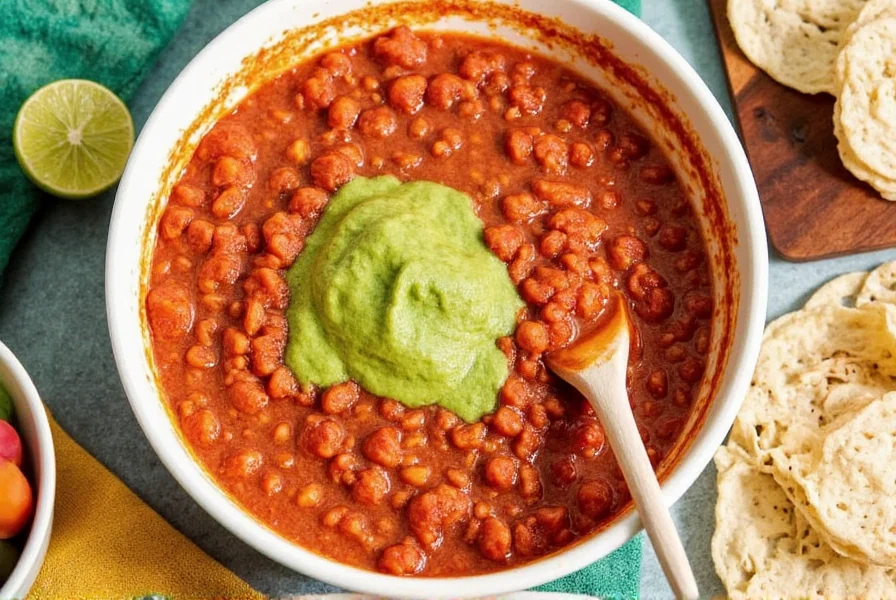
Why Sofrito Matters in Cooking
Sofrito isn't just about convenience — it's about creating depth. By slowly cooking the aromatics in fat (usually oil or butter), you unlock Maillard reactions and caramelization that raw ingredients simply can't provide.
Here's how it works:
- Sweetening Onions: Slow cooking draws out natural sugars and mellows their sharpness.
- Releasing Garlic Oils: Garlic becomes less harsh and more fragrant when softened in oil.
- Breaking Down Tomatoes: Adds body, acidity, and richness all at once.
- Infusing Herbs: Herbs release volatile oils, enhancing aroma and flavor subtly but powerfully.
How to Use Sofrito Like a Pro
Using sofrito effectively is part science, part art. Here are some insider tips:
1. Start with the Right Fat
Use high-quality oil — extra virgin olive oil for Mediterranean dishes, avocado oil for neutral flavor, or coconut oil for Southeast Asian-inspired recipes.
2. Don't Rush the Sauté
Low and slow wins the flavor race. Take 10–15 minutes to coax out sweetness and soften textures without browning.
3. Freeze Extra Portions
Batch make sofrito and freeze in ice cube trays for easy access. One cube equals one serving!
4. Add Early, Not Late
Sofrito should be the first layer of flavor. Add before proteins or grains to let flavors meld over time.
5. Mix and Match Bases
Try combining sofrito with other bases like adobo or garam masala for fusion flair.
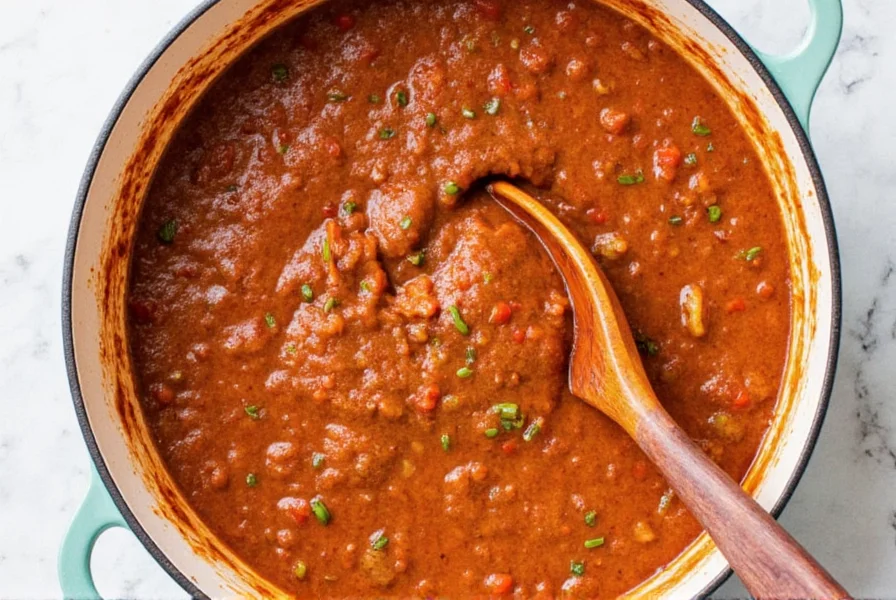
Sofrito Buying Guide: Fresh, Frozen, or Jarred?
If making your own isn't your thing, store-bought sofrito is a great alternative. But which type is best? Here's your quick guide:
| Type | Pros | Cons | Best For |
|---|---|---|---|
| Fresh | Maximum freshness, control over ingredients | Time-consuming, short shelf life | Chefs and meal preppers |
| Frozen Cubes | Convenient, retains quality, long shelf life | Less customizable, thawing needed | Weeknight cooks |
| Jarred | Ready to use, pantry staple, budget-friendly | May contain preservatives, less fresh flavor | Quick meals, camping, travel |
| Homemade Paste | Customizable, intense flavor, versatile | Labor-intensive, needs fridge/freezer space | Foodies, DIY lovers |
Top Store-Bought Sofrito Picks
- Goya Sofrito: Affordable, widely available, classic Puerto Rican blend.
- El Gato Loco Sofrito: Artisanal brand with vibrant, fresh taste and no additives.
- La Preferida Mexican Style Salsa: A flavorful alternative for those who prefer heat and tang.
- Homemade Freezer Cubes: Easy to make, perfect portion size, super flexible.
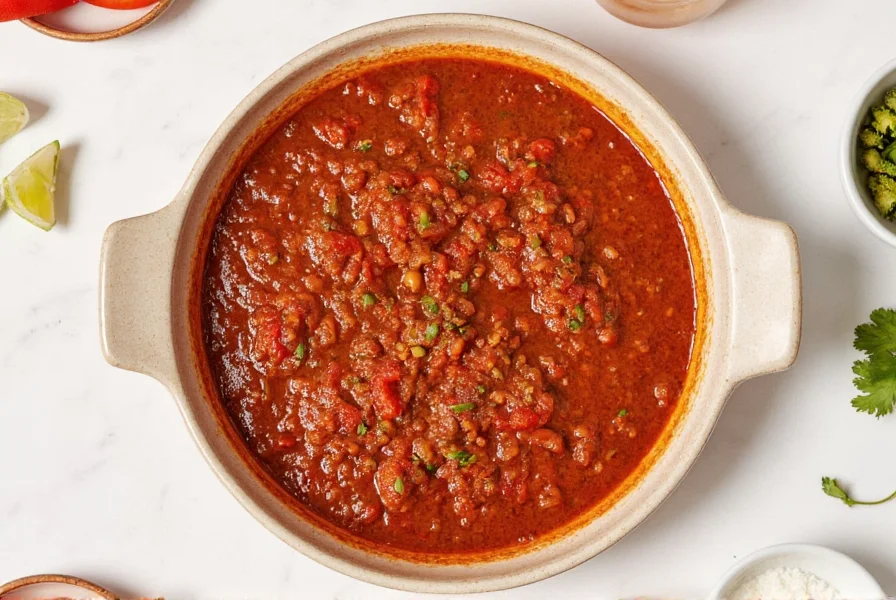
Make Your Own Homemade Sofrito
Making sofrito from scratch is easier than you think. Here's a basic recipe that serves as a starting point:
Classic Sofrito Recipe
- 2 large yellow onions, chopped
- 6 cloves garlic, minced
- 2 green bell peppers, diced
- 2 ripe tomatoes, grated or blended
- 1 bunch fresh parsley or cilantro
- ¼ cup olive oil
- Salt to taste
- Heat oil in a heavy-bottomed pan.
- Add onions and sauté until translucent (5–7 mins).
- Add garlic and peppers; cook another 5 mins.
- Add tomatoes and herbs. Simmer 10–15 mins until thickened.
- Let cool, then blend (optional) or use as-is.
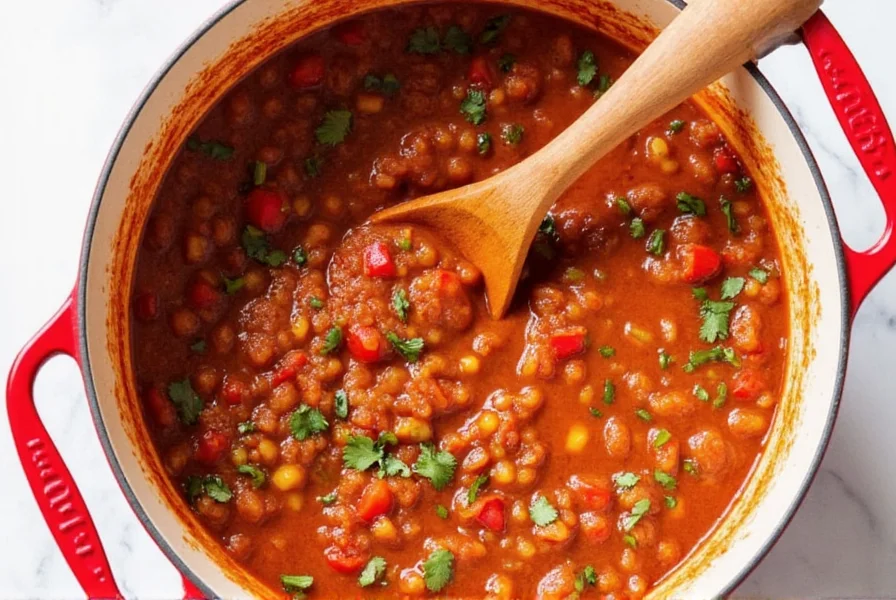
Frequently Asked Questions About Sofrito
What are the 5 main ingredients in authentic sofrito?
The five essential ingredients in most authentic sofrito recipes are:
- Onions (for sweetness and depth)
- Garlic (for aromatic intensity)
- Green bell peppers (for brightness)
- Fresh tomatoes (for acidity and body)
- Herbs like parsley or culantro (for freshness)
Note that regional variations exist - Spanish sofrito often includes tomatoes while Puerto Rican versions emphasize culantro, but these five ingredients form the foundation across most traditions.
Is sofrito the same as mirepoix or other flavor bases?
No, while they serve similar purposes as flavor foundations, they have key differences:
- Sofrito: Typically includes tomatoes and peppers, cooked slowly in oil (Mediterranean/Latin American)
- Mirepoix: Onion, celery, and carrots cooked in butter (French)
- Concassé: Diced tomatoes only (French)
- Recado: Similar to sofrito but often without tomatoes (Puerto Rican)
The main distinction is that sofrito almost always includes peppers and is cooked in oil rather than butter.
Can I make sofrito without tomatoes?
Yes! While many versions include tomatoes, traditional Puerto Rican sofrito (sometimes called "recaito") omits them. This green version focuses on:
- Onions
- Garlic
- Green bell peppers
- Culantro (recao)
- Parsley
This tomato-free version works especially well for rice dishes, stews, and as a marinade where you don't want additional acidity.
How long does homemade sofrito last?
Properly stored, homemade sofrito lasts:
- Refrigerator: 7-10 days in an airtight container with a thin layer of oil on top
- Freezer: 4-6 months when frozen in ice cube trays then transferred to freezer bags
For longest shelf life, freeze sofrito in portion-sized cubes (about ¼ cup each) - this makes it easy to add directly to recipes without thawing.
What's the difference between sofrito and recaito?
The main difference is tomatoes:
- Sofrito: Contains tomatoes, giving it a reddish color and slightly acidic profile
- Recaito: Tomato-free, primarily green ingredients (peppers, culantro, parsley), with a more herbal, grassy flavor
In Puerto Rican cooking, recaito serves as the green base for many dishes, while sofrito includes tomatoes for richer stews and tomato-based dishes.
Can I substitute fresh ingredients with dried ones in sofrito?
You can, but with limitations:
- Dried herbs: Can substitute for fresh (1 tsp dried = 1 tbsp fresh), but fresh herbs provide brighter flavor
- Dried onions/garlic: Not recommended - they lack the moisture and texture of fresh
- Canned tomatoes: Acceptable substitute for fresh (use ½ cup canned = 2 fresh tomatoes)
For authentic texture and flavor, fresh ingredients are strongly preferred. The magic of sofrito comes from slowly cooking fresh aromatics to develop complex flavors that dried substitutes can't replicate.
Conclusion: Unlock Flavors with Sofrito
So, what's in sofrito? More than just ingredients — it's a culinary philosophy. It's the belief that building flavor takes time, care, and attention. Whether you're stirring up a quick weeknight dinner or crafting a weekend feast, sofrito offers a shortcut to depth, richness, and soul.
Now that you know what's in sofrito and how to use it, you're well on your way to becoming a flavor wizard in your own kitchen. So grab your pan, stock up on aromatics, and get ready to elevate every bite.
Happy cooking!

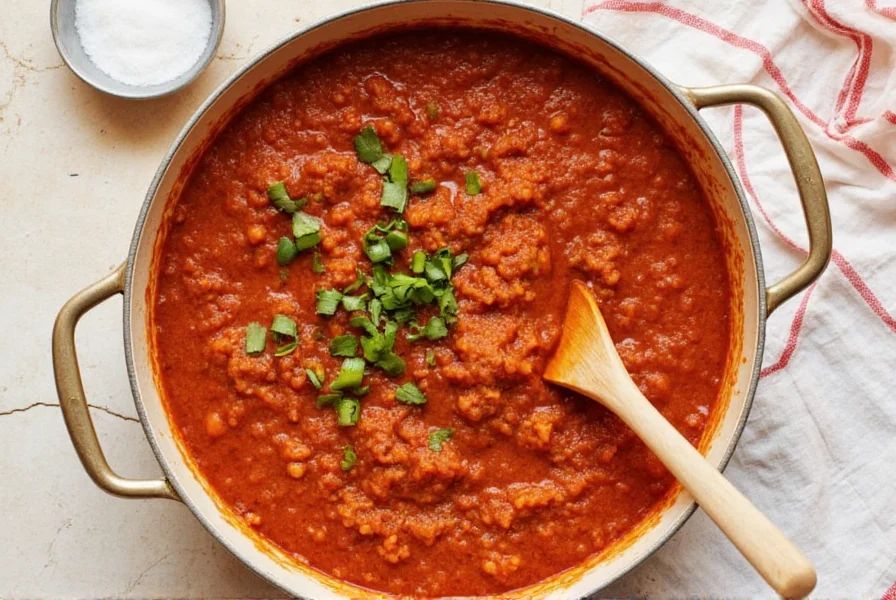









 浙公网安备
33010002000092号
浙公网安备
33010002000092号 浙B2-20120091-4
浙B2-20120091-4